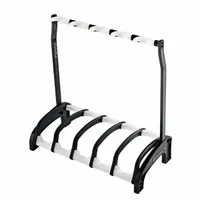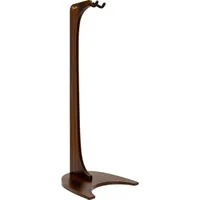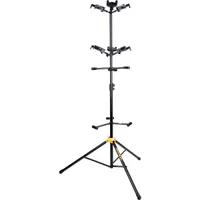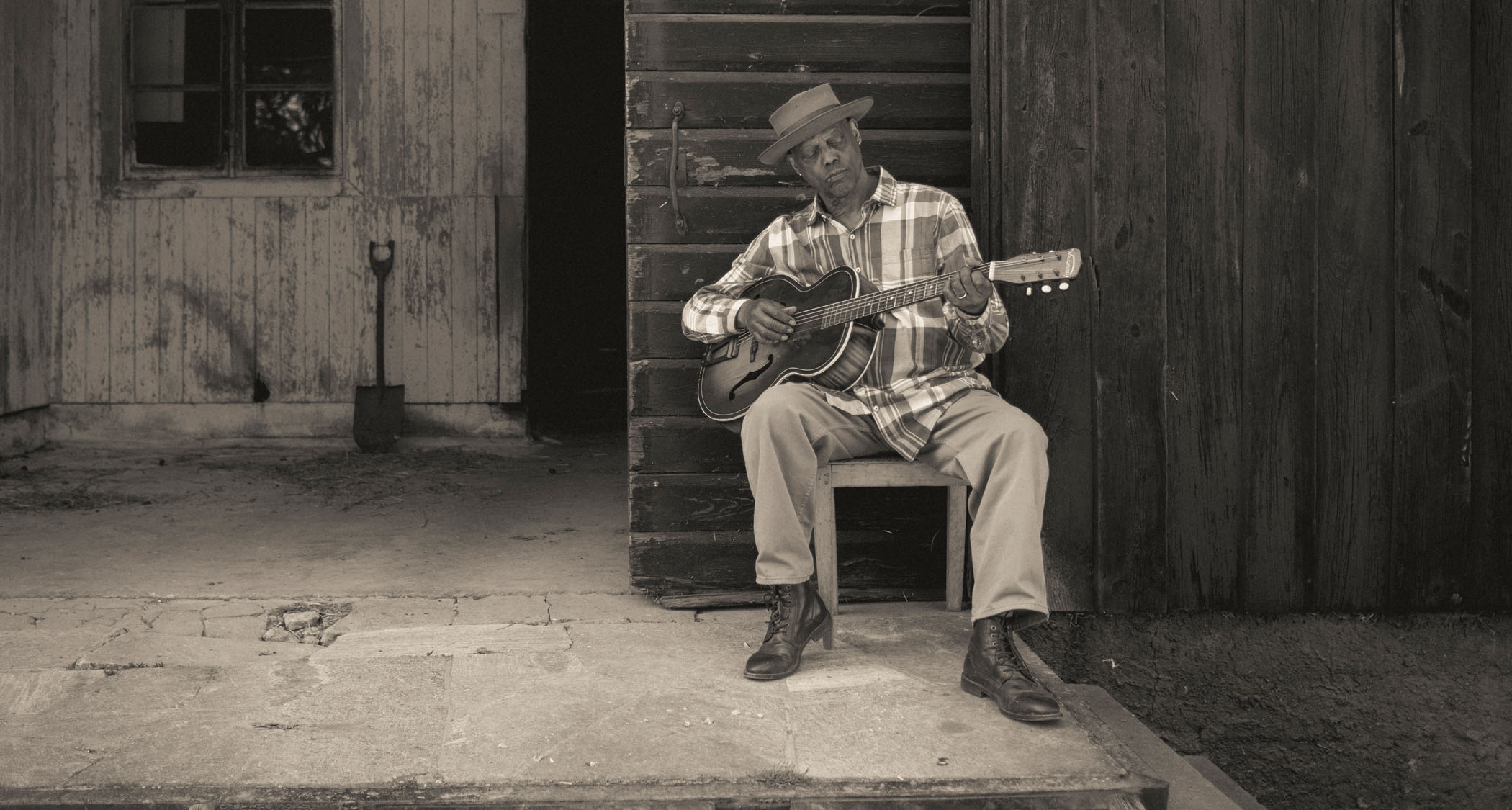Best guitar stands and guitar hangers 2025: options for single and multiple acoustic and electric guitars
Hang about! These are the best stands and hangers for your guitars right now
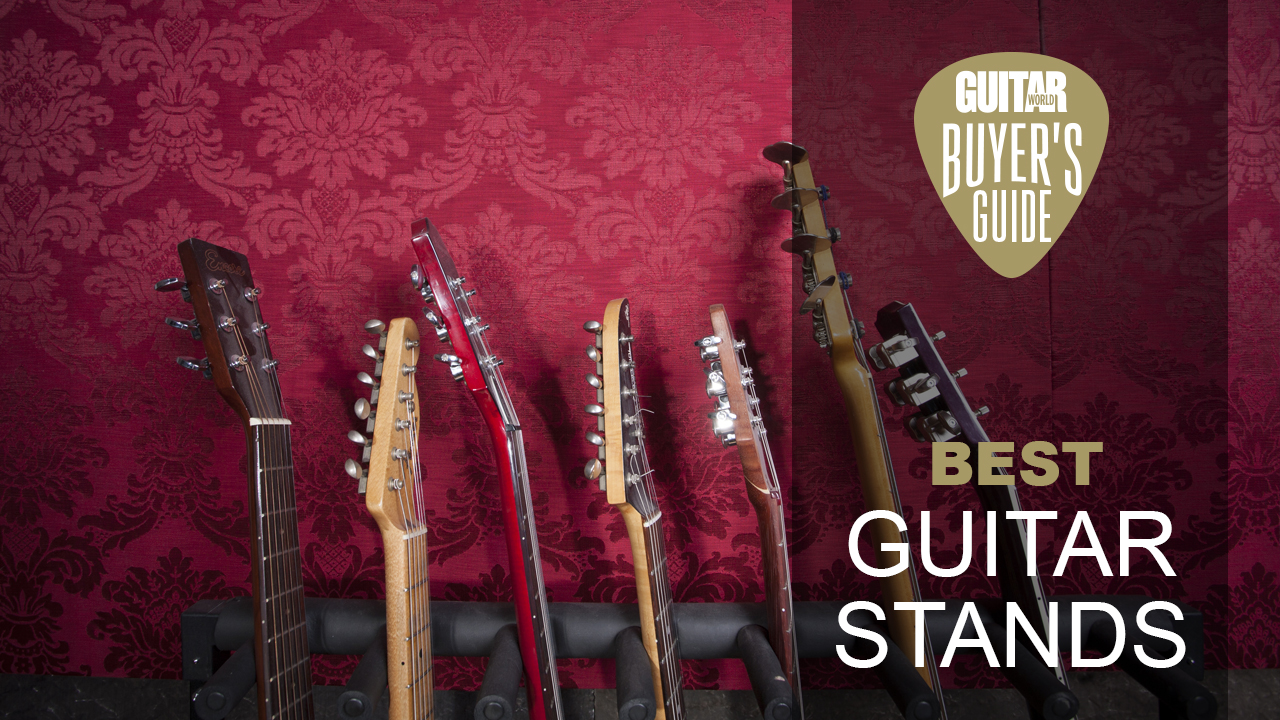
Buying yourself one of the best guitar stands and guitar hangers isn’t just about finding a safe place to store your guitar. Having your guitar out on a stand or hanger means you’re far more likely to pick it up and play, just purely because it’s there. So while it is a great way to keep your guitar in good condition, it’s also a really good way to improve your playing because you’ll be more likely to pick it up.
I’ve been playing guitar for over twenty years for now so take it from me when I say if you store your guitar in case you’ll quickly forget it’s there. I have a massive collection of guitars so I have to store some of them out of sight, and this means I always end up playing the five or six in my rack, or the one that’s resting against my desk and in my opinion, every guitarist should own at least one guitar stand or hanger.
There are lots to choose from though, so if you’re looking for the best guitar hanger overall, I’d go for the ubiquitous Hercules GSP39WB Plus. It’s one of the most popular guitar hangers of all time, with excellent build quality and all the bits you need to install it included. If you need something a little quicker, easier, and cheaper, then have a look at the D’Addario Guitar Rest which is excellent value for money and does an amazing job of securing your guitar.
If you’re new to guitar or guitar stands and hangers, then I’ve put together a how to choose section based on my years of experience playing guitar. I’ve also answered loads of common questions in our FAQs, and defined some key terms further down the page if you need to get your head around the guitar hanger and stand-specific lingo used in this guide.
My top picks
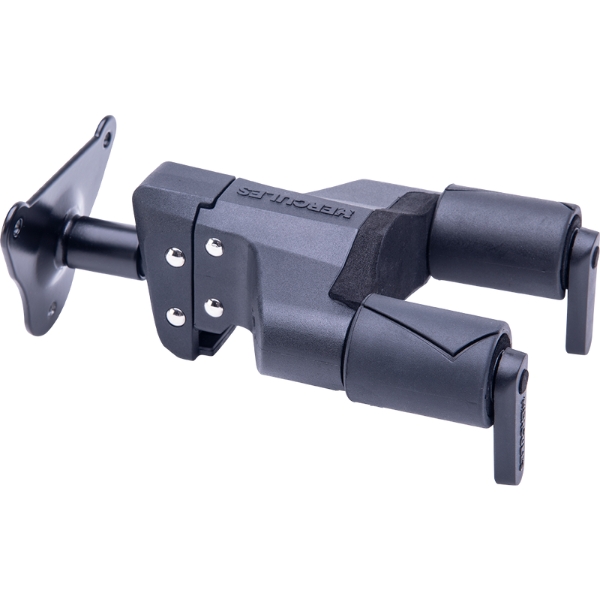
If you want a secure hanger to attach your guitar to the wall, go for the Hercules GSP39WB Plus. It’s one of the most popular guitar hangers ever manufactured, and comes with everything you need to get your favorite guitar mounted to the wall.
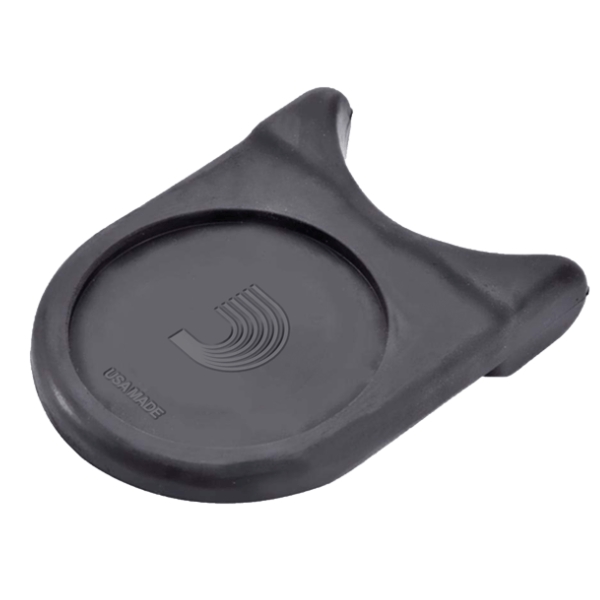
I have the D’Addario Guitar Rest on my studio desk and it’s a great low-cost option for keeping your guitar on hand at home. The rubber material grips your desk and the guitar neck, which makes it surprisingly secure despite its simplicity.
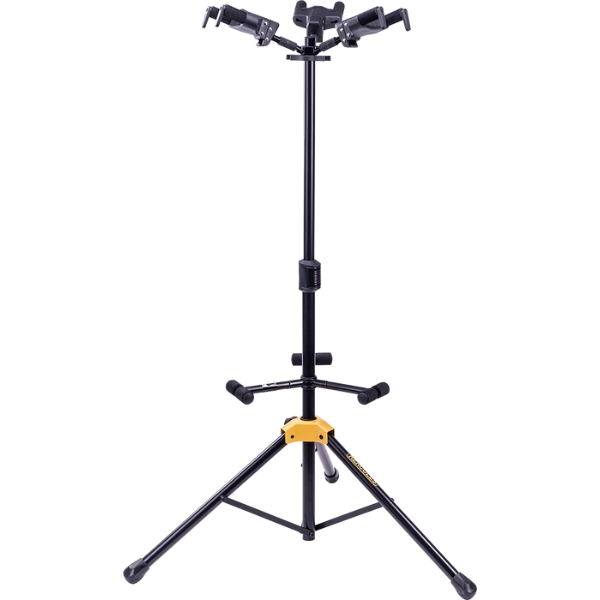
Why have one guitar on a stand when you can have three? The Hercules GS432B Plus gives you the ability to display three of your favorite guitars securely, making it a great option if you regularly use more than one of your collection.
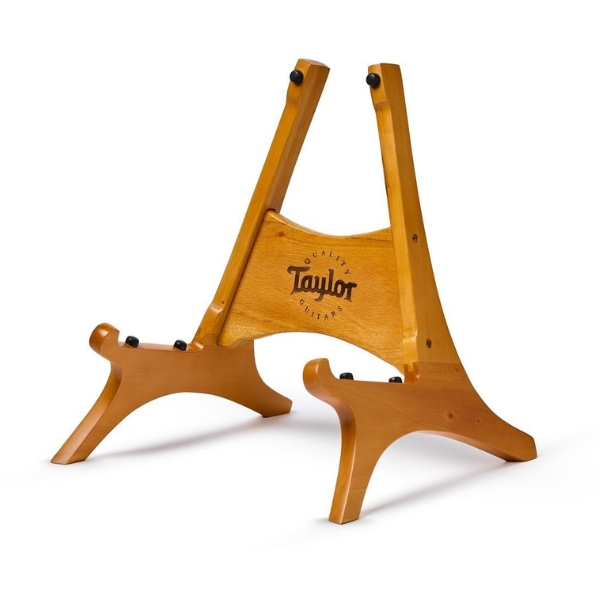
Most regular stands are boring looking and black, so if you want your acoustic to have stand that matches its natural aesthetic, I’d go for the Taylor Guitar Stand. It’s made of mahogany and provides a solid base for your acoustic to sit on.
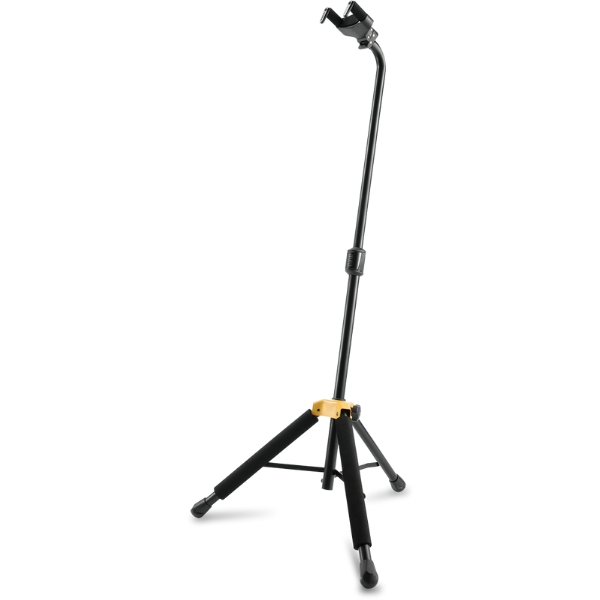
Because bass guitars are longer than regular guitars, you’ll need a longer stand for yours. For me, the Hercules GS414B Plus is an excellent choice thanks to Hercules’ tried and tested durability, and rubber coverings that ensure all contact points are finish safe.
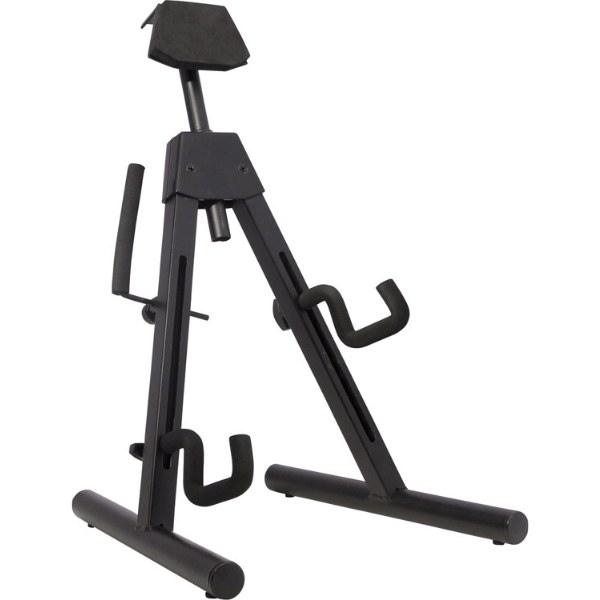
If you’ve ever tried to put an offset guitar on a regular stand you’ll know it’s nigh on impossible to get it sitting safely. Enter the Fender Universal A-Frame with its adjustable side-mounted arm to ensure your offset stays safe.
Best guitar hanger
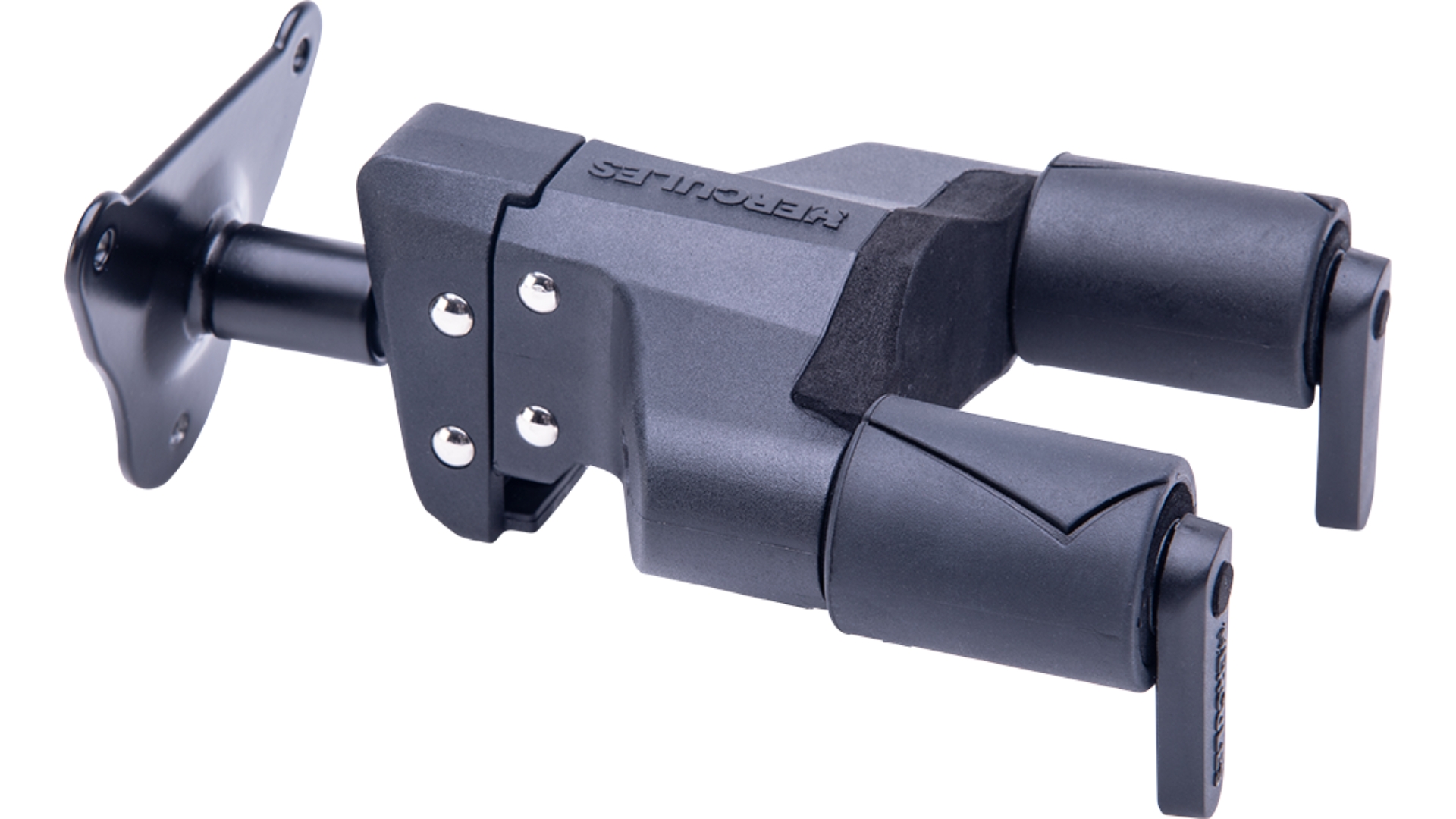
1. Hercules GSP39WB Plus
Our expert review:
Specifications
Reasons to buy
Reasons to avoid
There are a myriad of guitar hangers out there but do you really want to entrust your guitar to hang on a wall to just any old company? The Hercules Stands GSP39WB Plus is the most popular guitar hanger in the world for good reason.
The Hercules is a wall-hanging, single guitar holder with a neat locking system to keep your guitar firmly in place. I particularly like the general non-nonsense vibe here; it’s reliable, sturdy, and isn’t about to drop your prized guitar any time soon.
It will require some installation on your part however, so be prepared to get handy with some tools. You’ll also need to be careful about where you attach it, as it needs to be drilled into something solid.
Best budget
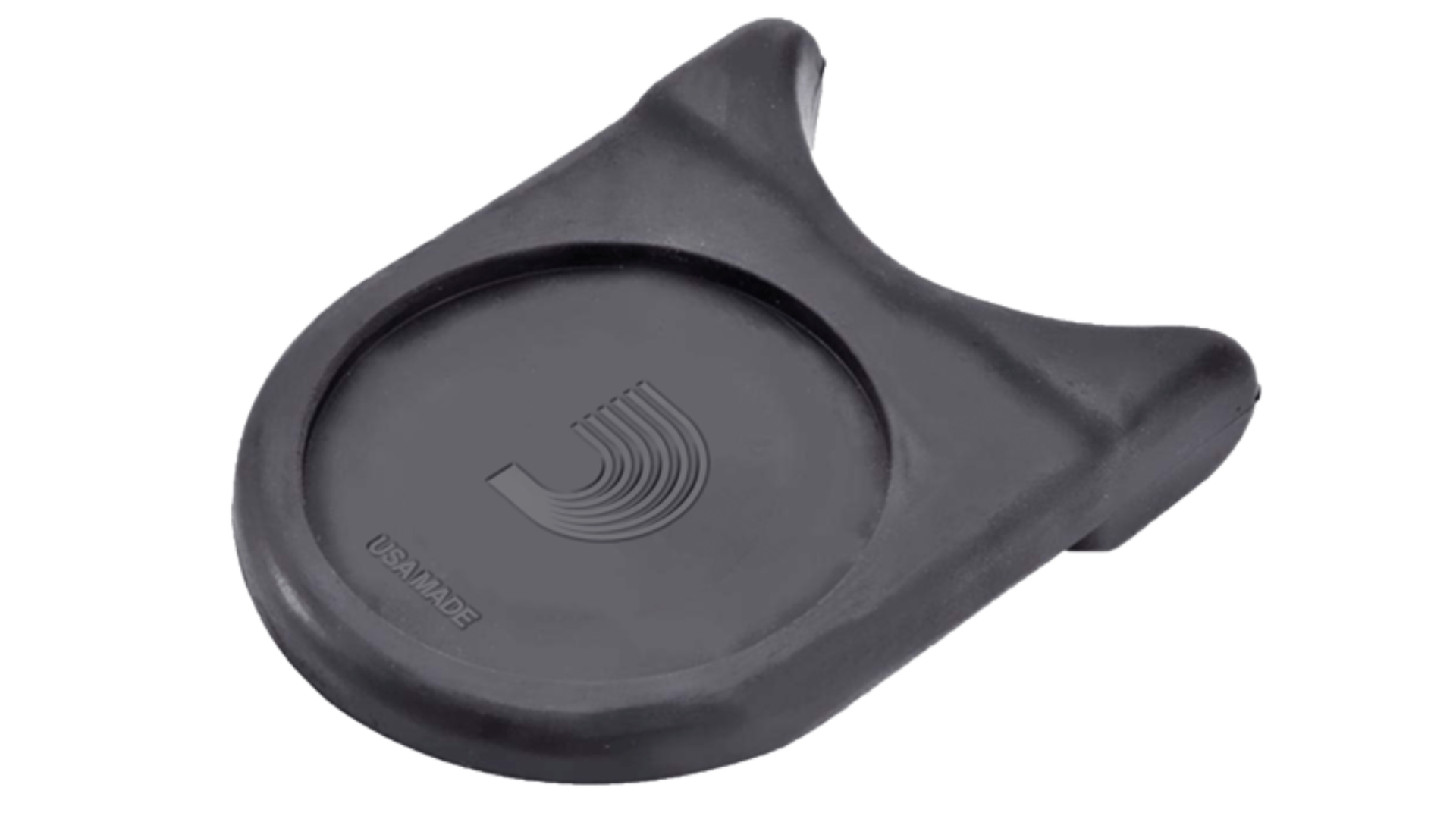
2. D’Addario Guitar Rest
Our expert review:
Specifications
Reasons to buy
Reasons to avoid
I’ve had the D’Addario Guitar Rest on my studio desk for a good few years now and despite initially seeing it as a temporary buy, it’s actually become a permanent place for my guitars when I’m recording. Despite the deceptively simple design, it’s actually one of the best guitar stands I’ve ever used.
The Guitar Rest works by simply placing it upon a flat surface like your desk. You can then lean your guitar against it, with its non-slip rubber construction ensuring that your instrument stays exactly where it should be. It’s simple but incredibly effective, and after years I’ve using it, I’ve never had a guitar fall over once I’ve placed it there.
The inert rubber is specifically designed not to be damaging to your guitar’s finish, whilst on top a handy little tub allows you to store small accessories like guitar picks. One annoying thing is that it's easy to knock off your desk if there’s no guitar leaning against it, which will send any picks you’re storing flying. This happens to me a lot when I’m hoovering my studio!
Best 3-guitar stand
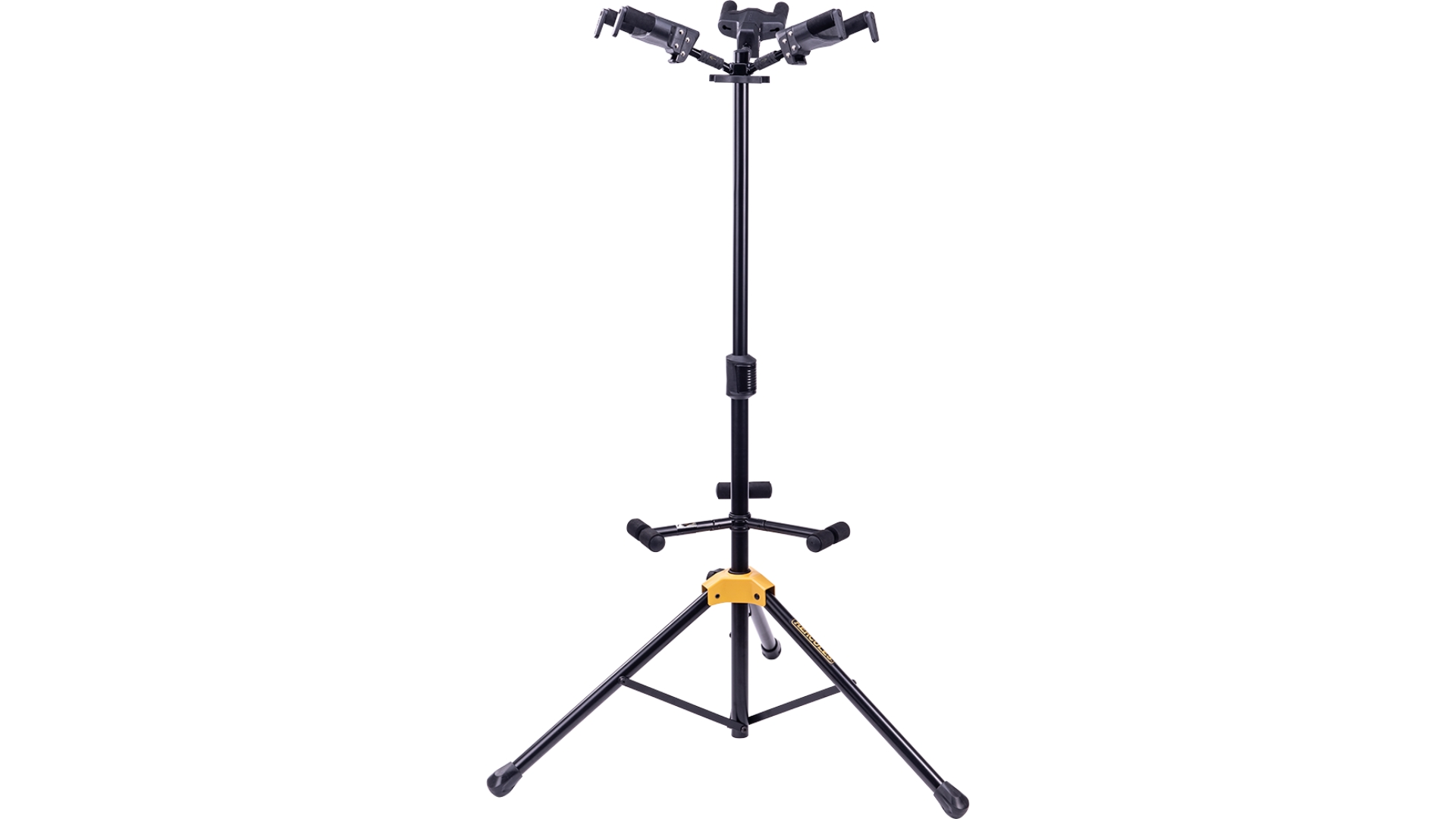
3. Hercules GS432B Plus
Our expert review:
Specifications
Reasons to buy
Reasons to avoid
If you’re looking for an easy way to store 3 guitars without taking up too much space, I’d go for the Hercules GS432B Plus. I used one of these in an old video studio when I was recording guitar demos and I found it to be rock solid.
What I like about the GS432B Plus is that it’s really easy to just pull your guitars off and get playing. It was key to me when I was demoing multiple guitars a day, and it allowed me to quickly change between instruments with a minimum of fuss.
One problem I did notice with it is that if you only have one guitar on the stand it can become a bit unbalanced. This happened to me when I had a single Ibanez RG on it, and the guitar nearly went crashing to the ground, so only get one of these if you have multiple guitars to go on it.
Best acoustic guitar stand
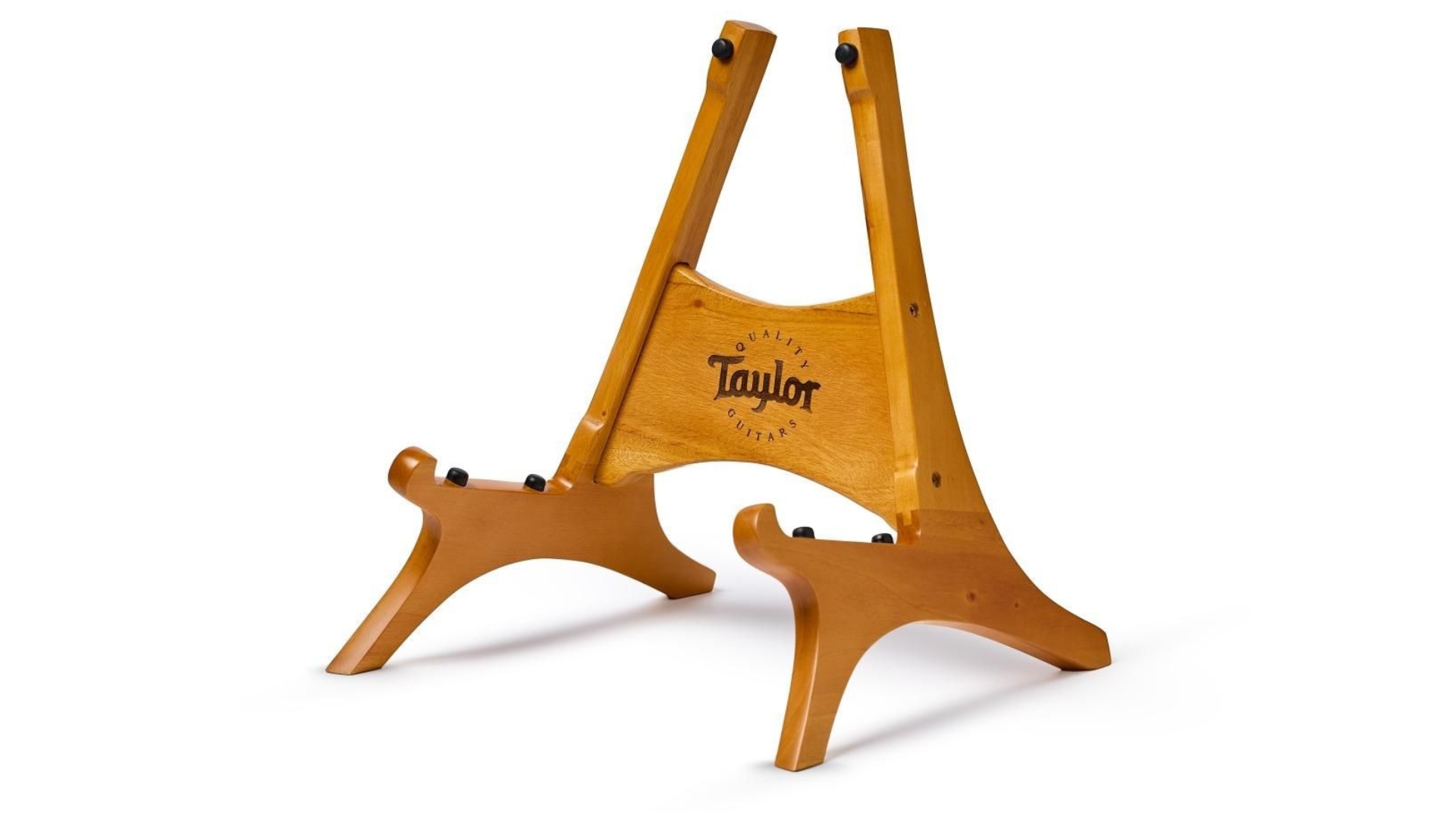
4. Taylor Guitar Stand
Our expert review:
Specifications
Reasons to buy
Reasons to avoid
If you’ve got an acoustic guitar it makes sense to match its natural beauty with a natural-looking guitar stand. The Taylor Guitar Stand is made from natural Mahogany and is available in a couple of finishes, as well as a Beechwood option, making it the perfect match for complementing your acoustic.
It’s not just got the looks either, thanks to the wood construction its ultra-durable, so you can rest assured it will hold your guitar solid. There are small rubber pieces at the contact points to keep your guitar’s finish in pristine condition and prevent any wood-on-wood contact.
It’s pretty compact too, so if you’re the gigging sort it wouldn’t take up too much room in the trunk of your car, or if you just want to move it around at home. The lack of a neck aligner means if you’re the pedantic type you might have to make some adjustments, but that aside, it’s a great option for acoustic players.
Best bass guitar stand
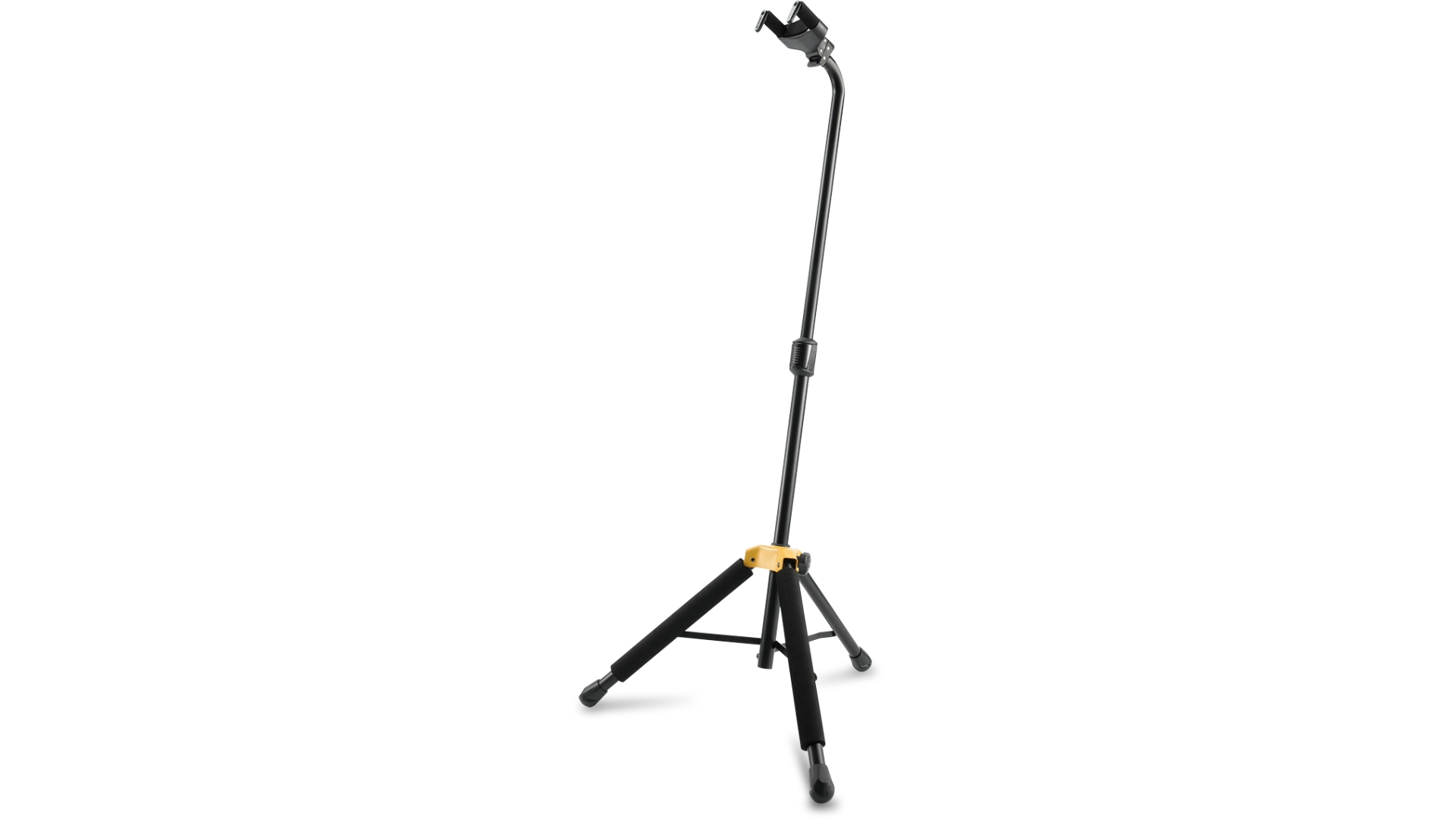
5. Hercules GS414B Plus
Our expert review:
Specifications
Reasons to buy
Reasons to avoid
There have been more than a few occasions when I’ve tried to place a bass guitar on a regular guitar stand and encountered some kind of issue, so if you have a long-scale instrument, I can highly recommend the Hercules GS414B Plus.
Great build quality gives confidence it’ll look after your guitar well, and I also appreciate the amount of versatility on offer thanks to a push-button height-adjustable neck. Every part of the stand that will come into contact with your guitar is covered in either foam or rubber, so no scrapes or scratches.
Of course, it will work just as well on an electric guitar as it does on a bass guitar, but there are cheaper stands if you’re looking for one for a regular-sized instrument, as this one is relatively expensive compared to some of the others on this list.
Best guitar stand for offset
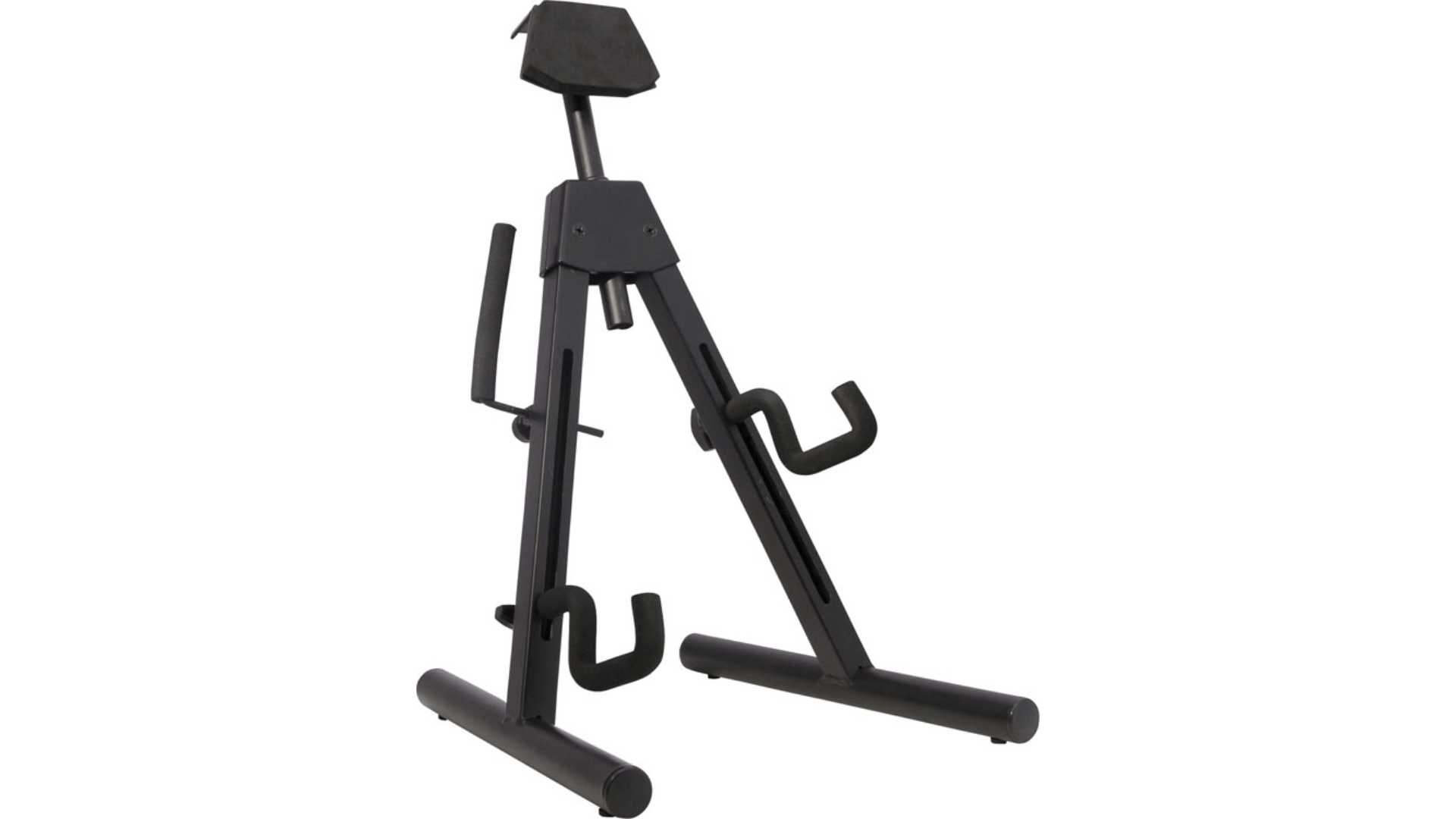
6. Fender Universal A-Frame
Our expert review:
Specifications
Reasons to buy
Reasons to avoid
When I first bought my Fender Jaguar I didn’t really think about having to put it on a stand, but got a shock when I took it to practice for the first time and tried to place it on my regular one. Offset guitars like the Jaguar, Jazzmaster, Explorer, Firebird, and other angular guitars don’t sit well on a normal guitar stand, which is where the Fender Universal A-Frame comes into play.
It features two height-adjustable arms that allow you to get the perfect fit to hold your offset guitar securely, no matter how oddly shaped it is. Handily, this guitar stand also features an additional arm for extra security so even if you have a really weird custom design, this frame should do a good job of holding it securely.
It takes a bit of setting up, so if you’re planning on changing guitars a lot just bear this in mind. This stand is better if you’re just regularly putting a single offset onto it. It won’t fit an acoustic guitar, and also it’s not certified nitrocellulose safe, so be careful if you have a vintage instrument as you could mar the finish.
Also consider
The above stands should cover the vast majority of guitarists needs, but if you didn't find what you were looking for above, here are some more great options for you to look at.
K&M Guardian Multi-Stand
Stand | Non-marring plastic
If space is an issue, a stand capable of holding multiple guitars together might be the answer for you. Yet at the cheaper end, some multi-guitar stands look like they wouldn’t survive a strong gust of wind.
★★★★½
Fender Deluxe Wooden Hanging Guitar Stand
Stand | Laminate wood
Not everybody wants a boring-looking guitar stand, and to be honest, most guitar hangers and stands are pretty uninspiring. If style is at the forefront of your mind, then the Fender Deluxe Wooden Hanging Guitar Stand is an awesome choice.
★★★★☆
Hercules GS526B Plus
Stand | Steel frame with foam/rubber contacts
Whatever it lacks in elegance, the Hercules GS526BPlus makes up for with sturdy, reliable utility. This tall, steel-framed stand allows you to stack two rows of three guitars around its circumference, minimising the amount of space taken up by the stand and its contents.
★★★★☆
How to choose
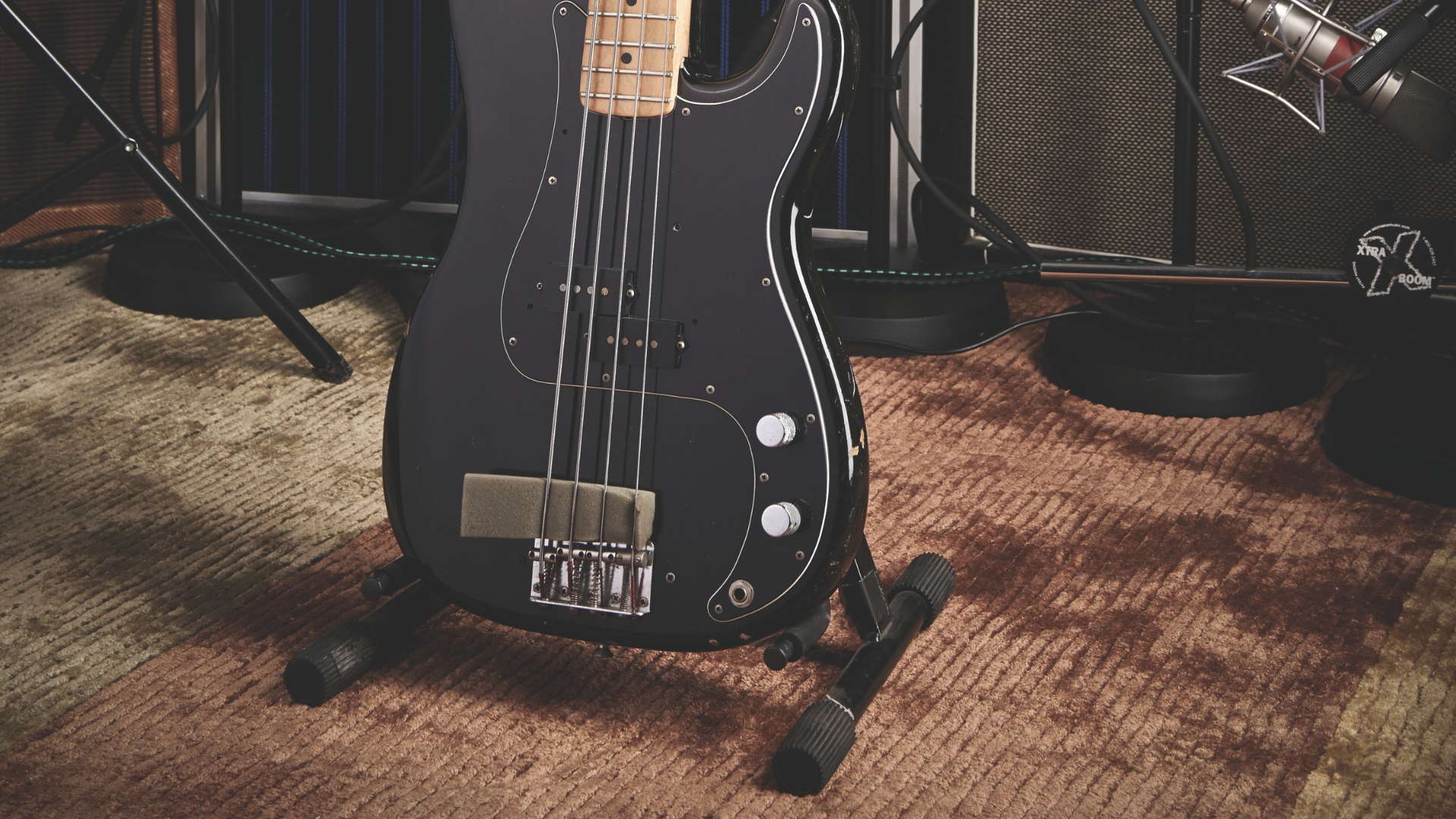
Guitar stands and guitar hangers are by design, relatively simple objects, but there are some things you should consider before purchasing one. As I’ve been playing guitar for well over twenty years now, I’ve got a good understanding of what’s required from a guitar stand or hanger, so here’s what I’d look at before buying one.
1. Instrument compatibility
You can trust Guitar World
Guitar stands and hangers are fairly universal, but not all of them are suitable for each instrument. It means you need to consider whether or not the stand or hanger you choose will work for your particular type of guitar. Some guitar stands can be too narrow for acoustic guitars for example, whereas particular headstock designs can be incompatible with certain headstock shapes on electric guitars.
It means you should check out the manufacturer's specifications before buying a stand, so you can be sure it will fit your guitar. Offset guitars are a great example, as they need a specific type of stand like the Fender Universal A-Frame in this guide, because their odd shape means they don’t sit properly on a normal guitar stand.
2. Hanger or stand?
Next you’ll need to decide whether you want to go for a guitar hanger or a guitar stand. Hangers are great if you’re short on space, but they require installation. Stands on the other hand are easy to use anywhere and can be taken to gigs, but they take up more space. Deciding which to choose is all about the space you have.
You can hang multiple guitars up on your wall, but if you want to make the most of a larger collection then a multi-guitar rack is a better option for space saving. A multi-stand lets you put the guitars closer together so you can fit 5 or 7 guitars in a relatively small space depending on the rack design.
3. Materials
For those with nitrocellulose guitars, you need to be very careful about the type of stand you buy, as certain plastics can interact with a nitro finish. This can result in damage to your finish if left on a stand for a period of time, so if you do have a guitar with a nitro finish, make sure to check the specifications of your chosen stand to prevent damage to your guitar.
FAQs
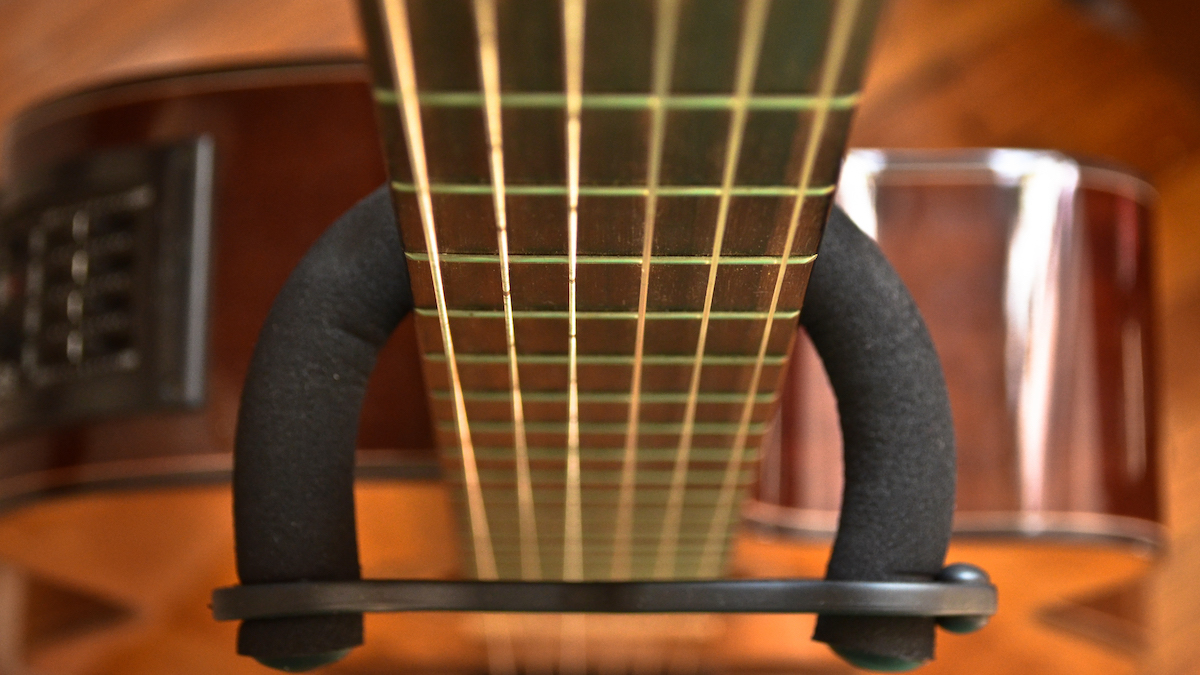
Is it better to use a hanger or a stand?
It really depends on your personal situation. Both have their pros and cons, but it comes down to a few simple differences. A hanger gets your guitar up on the wall and out of the way, so can be good for saving space. When installed correctly they are very robust, but they are a pretty permanent addition to your space.
Guitar stands sit on the floor and tend to take up a bit more room, but can more easily be moved around, and you can take some of them to shows. There are a lot more different stand designs too versus hangers, so you can get something more specific for your particular instrument.
Will hanging a guitar by its neck damage it?
I get asked this question a lot and the answer is always no. A guitar can pull anywhere between 80 to 180 pounds on a guitar neck depending on the strings and type of guitar, so there’s no way hanging a guitar which weighs on average around 8 pounds is going to cause any damage.
Can certain stands damage a guitar’s finish?
Yes they can. This typically happens with nitrocellulose guitars as that type of finish can interact with certain materials. It doesn’t happen instantly though, but can cause damage if you leave the guitar on a non-compatible stand for a long period of time. If you have a nitro-finished guitar then be sure to check your stand for compatibility before you buy.
How do I safely install a guitar hanger?
While I'm no DIY expert, I do know you need to make sure you’re drilling into a stud wall if you want to install a guitar hanger. Drilling into drywall doesn’t typically offer enough support, which can result in your guitar falling off. Most hangers come with the correct rated anchors or bolts, but if you’re buying your own make sure they’re rated well above your guitar’s weight.
What if I own lots of guitars?
If you have a bunch of guitars then I’d recommend getting a multi-stand like the K&M Guardian. Racks like this let you store lots of guitars in a relatively small space, and you can buy various sizes for larger collections.
Are A-frame stands any good?
I use an A-frame stand on stage because it can fold away and fit in my guitar case, but if I wanted to be really safe I’d get a stand with a neck support on it. A-frame stands are fairly sturdy if you’re careful with how you place them, but just bear in mind that they’re not the most stable stands out there.
Will my offset guitar fit any guitar stand?
It depends on the type of stand. Offset guitars will fit into most multi-guitar racks, or a stand or hanger that supports the guitar by the neck. Certain stands where the guitar sits in a cradle will likely not work with these types of guitars though. The Fender Universal A-Frame stand featured in this guide is great for offset instruments.
Key terms
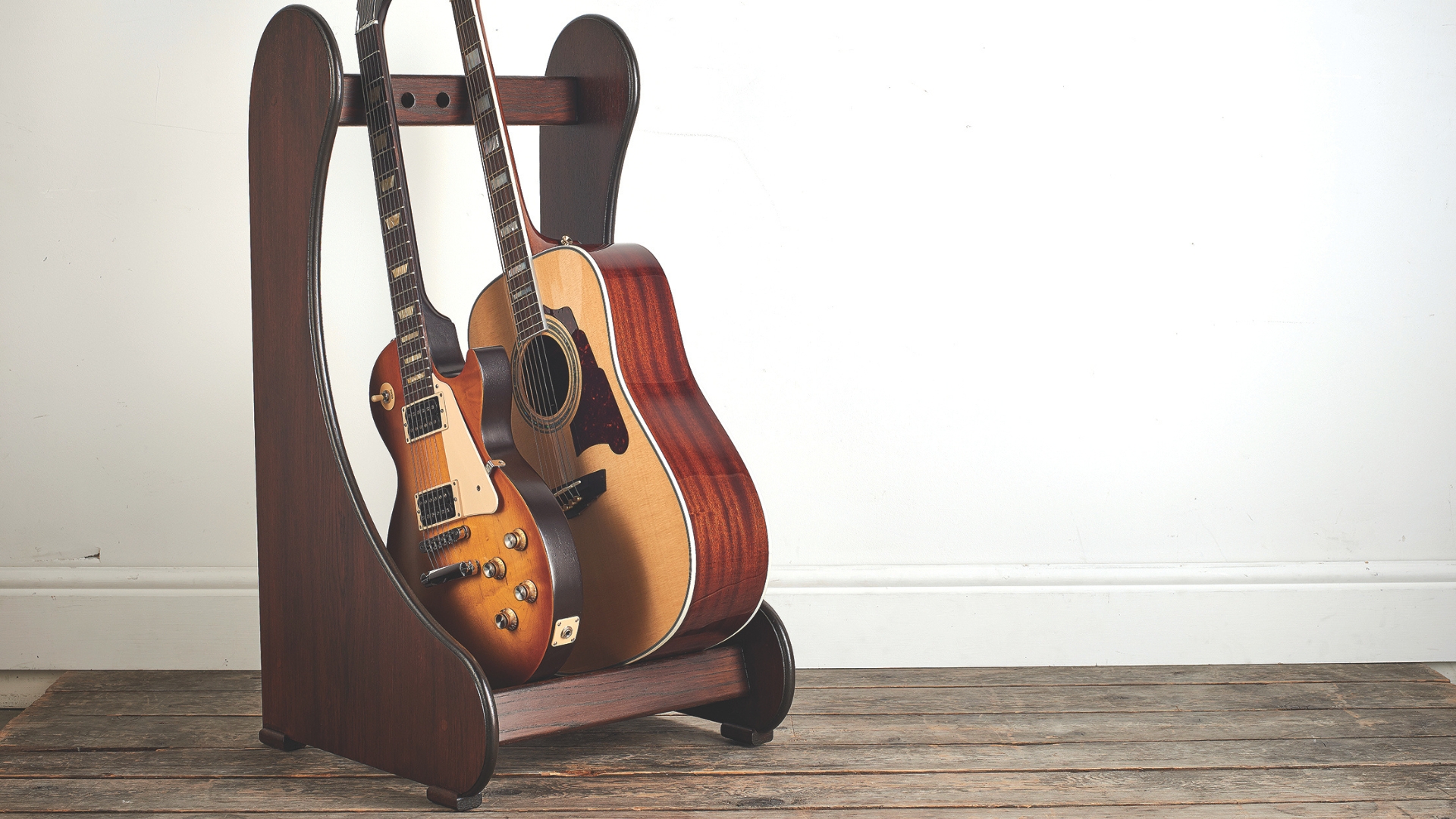
- A-frame: A common type of stand with two or three legs that makes it look like an ‘A’.
- Anchor: Used to secure guitar wall hangers to the wall.
- Auto-lock: A mechanism that locks the guitar into place when you put it into a stand.
- Body rest: Part of the guitar stand that the body rests against, usually padded.
- Collar: A small part of a hanger, usually plastic or metal, that sits at the pivot point.
- Neck yoke: The part of certain stands that holds the guitar neck in place.
- Nitro-safe: A type of guitar stand with a finish that doesn’t damage nitrocellulose guitars.
- Rack: Refers to a multi-guitar stand. Often used in studios or on tours.
- Wall mount: Another word used to describe a guitar hanger.
How we test
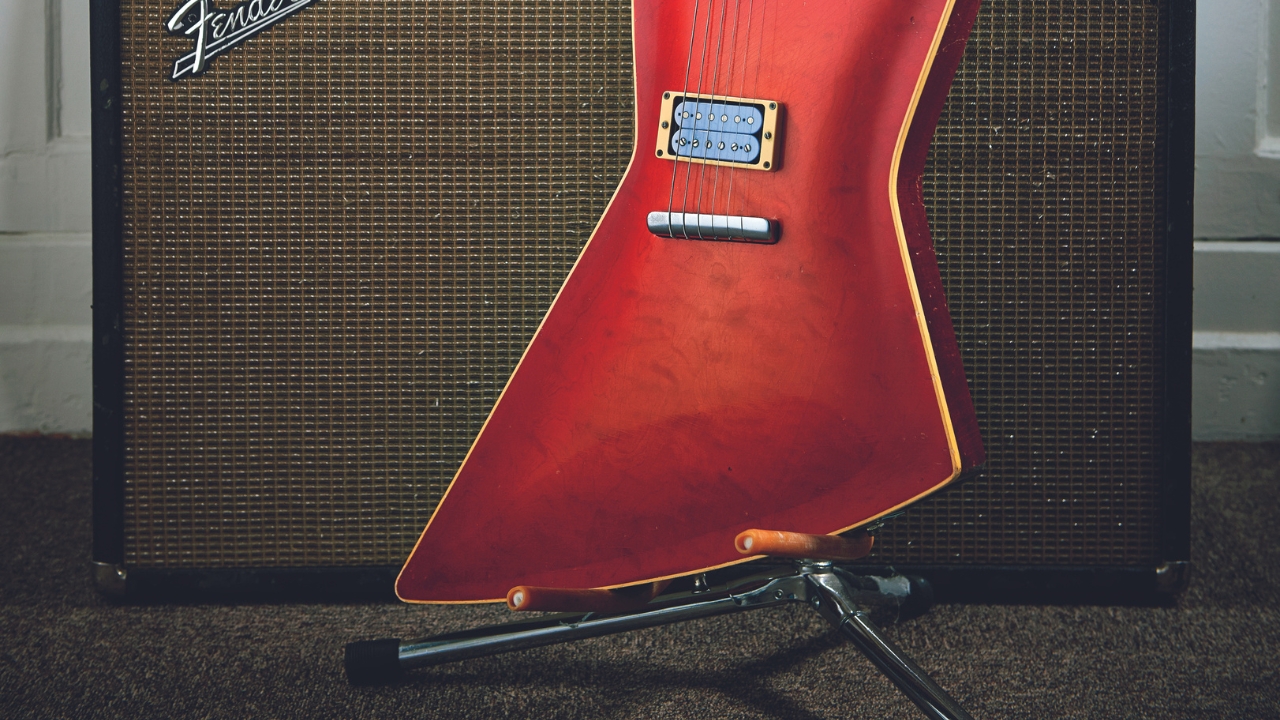
When testing a guitar stand there are a few different considerations we'll make in the process. First and foremost, it has to be stable. The last thing you want is your instrument crashing to the ground because of a dodgy stand or hanger. To test this we'll place lots of different guitars on the stand or hanger, giving it a push here and there to determine just how robustly it holds it in place.
Next, we'll look at the overall build quality of the stand. We want to make sure it's well put together, that any nuts and bolts are nice and tight, and that it's finished well. For the contact points, we'll be looking for non-marring foam that's safe for the vast majority of guitar finishes, as well as making sense for the placement of the guitar.
If it's a guitar wall hanger, then installation needs to be clear, and all fixings provided. There's nothing worse than getting a guitar hanger only to have to go back to the DIY store to buy more things to get it mounted. We want to see clear instructions on how to install the hanger, preferably with a YouTube link to help non-DIY types get it right the first time.
A guitar stand or hanger is a simple bit of kit, but we make sure to test them to their absolute limits to make sure it's the right purchase for you. As users of guitar stands and hangers for many years, we've got loads of real-world experience that allows us to best inform other guitarists on what they should be going for, dependent on their particular instrument of course.
Read more about our rating system, how we choose the gear we feature, and exactly how we test each product.
Related buyer's guides
- Invest in added protection with the best guitar cases and gigbags
- Best guitar cables: top instrument cables for acoustic, bass and electric
- The best guitar straps for securing your guitar and boosting comfort
- Secure your axe with the best guitar strap locks
- Beginner guitar gear essentials and accessories
- The best guitar capos for acoustic and electric guitar
All the latest guitar news, interviews, lessons, reviews, deals and more, direct to your inbox!
Chris Corfield is a journalist with over 12 years of experience writing for some of the music world's biggest brands including Orange Amplification, MusicRadar, Guitar World, Total Guitar and Dawsons Music. Chris loves getting nerdy about everything from guitar gear and synths, to microphones and music production hardware.
- Matt McCrackenJunior Deals Writer
- Connor Godfrey
